Electric stove power and electricity consumption
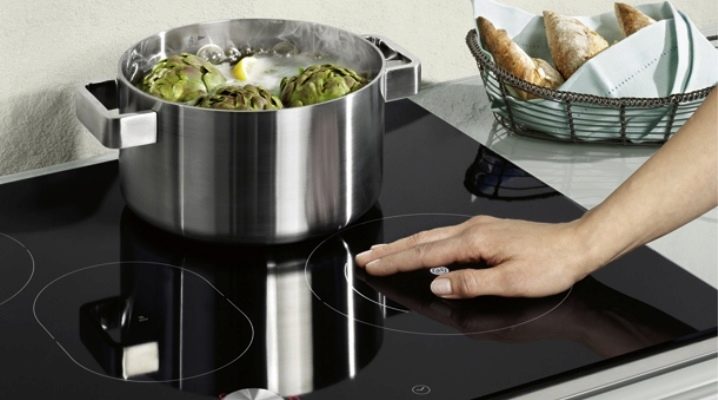
When purchasing an electric stove, any hostess will definitely keep in mind both the options included in her kit and her energy consumption. Today, every household appliance has a designation for the amount of electricity that is consumed by this or that device, and electric stoves are no exception.
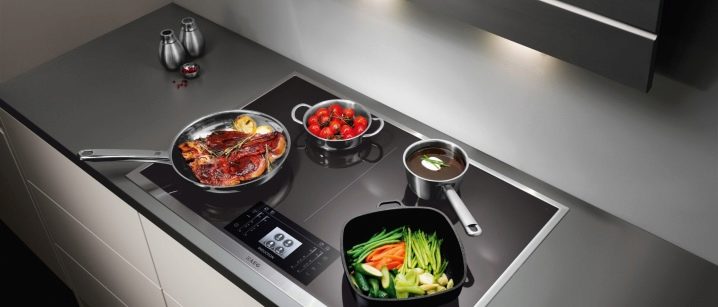
Varieties of slabs
Electric stoves are classified according to the following indicators:
- material of working areas (cast iron, spiral or glass ceramics);
- adjustment method (touch or mechanical);
- power supply (1-phase or 3-phase).
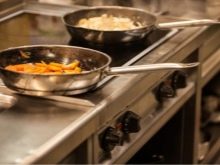
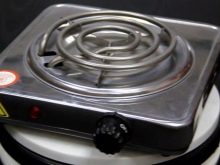

Induction heating plates can be considered separately. Such an electric stove uses an innovative technology - it heats not the material of the thermoelement, but the bottom of the cookware, and from it the temperature goes to the working area of the burner. Such electric stoves are more powerful than classical ones, they are also more expensive, but with their correct and competent operation, there is a serious possibility of great energy savings, since:
- the stove heats up quickly;
- the heating is automatically turned off if the dishes are removed from the burners;
- you can use dishes that exclude heat loss.
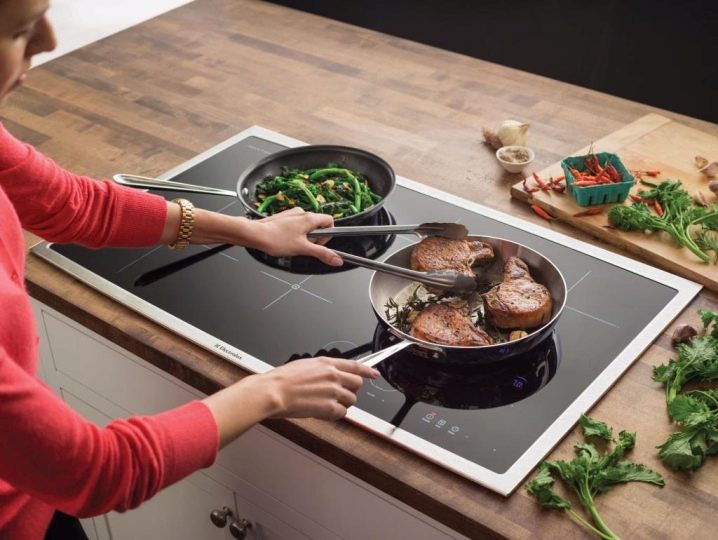
Standard power ratings
When buying an electric stove, a competent hostess will always take into account its technical features, primarily the level of energy consumption and power, which is its main characteristic. It will affect the payment of electricity consumed in homes. Based on the power of the stove, you need to take into account the peculiarities of its correct connection, that is, you will need appropriate wires, machines, sockets, and so on.
Sometimes the hob does not have data in the documentation about its total power, and you have to calculate it based on the number of heating elements. The stove can have either 2 or four burners. In this case, the powers of all burners are summed up, taking into account their type:
- a 14.5 centimeter burner has a power of 1.0 kW;
- burner 18 centimeters - 1.5 kW;
- a 20 cm hotplate has a power of 2.0 kW.
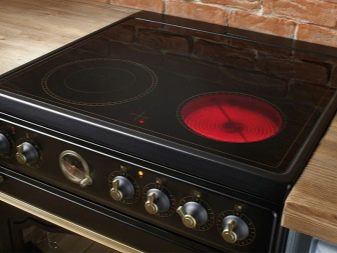

It must be borne in mind that not only heating elements are consumers of electricity, there may be other electrical devices that have their approximate power:
- the lower heating elements of the oven also consume electricity - each 1 kW;
- upper heating elements - 0.8 W each;
- Heating elements of the grill system - 1.5 W;
- lighting devices for the oven - about 20-22 W;
- grill system electric motor - 5-7 W;
- electric ignition system - 2 W.
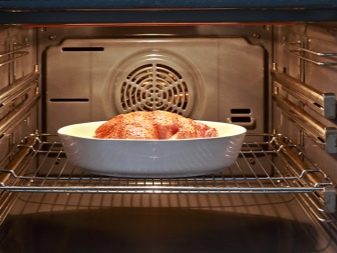

This is the approximate composition of the electrical systems present in modern electric stoves. To it can be added a ventilation system, atypical for all models, but consuming electricity, a spit motor, various modes of electric burners, a water boiler and the like, respectively, if any, it is necessary to include them in the list of electricity consumers.
The following values correspond to the power characteristics of the electric stove:
- type used (classical or induction);
- mobility (stationary stove, tabletop or wearable);
- quantity (1-4 burners);
- type of burner used (cast iron, pyroceramics or tubular electric heating element);
- oven (yes / no and its design).
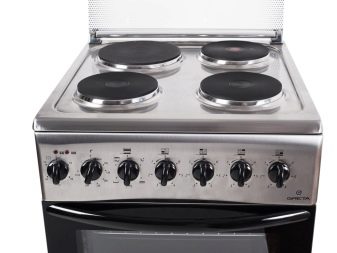



As for induction cookers, they are also referred to as electric cookers, they just have a different technology of heating by electromagnetic current that occurs in the coils. This method is the most economical, it saves a lot of electricity. This is because a power regulator is installed for each burner and, for example, with a burner diameter of 15 cm and its maximum power of 1.5 kW, there is no need to constantly use it all - you can use different temperature modes.
As a rule, it is sufficient to use half the power of an induction hotplate, which will be equal to the full power of a conventional hob due to the short heating time. And also the working surfaces of induction electric stoves are glass-ceramic, they do not heat up, therefore, they do not waste extra electricity.
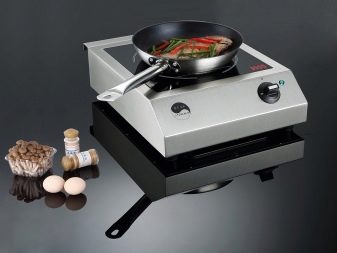
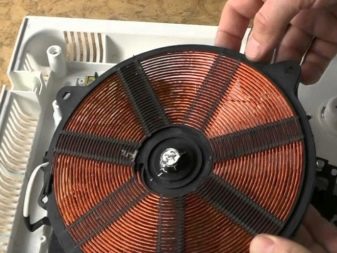
How does it affect work and energy consumption?
How much electricity an electric stove takes depends primarily on its type: it can be classic or induction. Secondly, this is influenced by the number of functions that are built into the stove and, finally, the type of heating elements used in it.
To calculate the electricity consumption of a stove, two quantities are needed: the power of the heating elements and the duration of their operation.
Classic electric stoves using conventional heating elements (tubular electric heaters), for example, with a capacity of 1 kW for half an hour, consumes 1 kW x 30 minutes = 300 kW * h. Knowing that the prices of kW * h in different Russian regions differ, you can take an average cost of 4 rubles. This means that it turns out 0.5 kW * h x 4 rubles. = 2 rubles. This is the price for the functioning of the stove for a quarter of an hour.
By testing, you can also find out the amount of electricity consumed by an induction electric stove: taking, for example, a heating element of 1 kW of power, in a quarter of an hour of operation such an electric stove will consume the same amount of electricity as a classic one, but induction cookers have a great advantage - their efficiency 90%. It is so large due to the fact that there is no leakage of heat flux (almost all of it is useful). This significantly reduces the duration of the operation of the electric stove. Another advantage is that the cooking zones switch off automatically as soon as the cookware is removed from them.


Some manufacturers focus on the production of combined stoves, which combine induction heating burners with heating elements in their design. For such stoves, when calculating the power, special attention must be paid to the technical documentation, since the power of various types of heating elements can vary significantly.
Of course, the electric stove is one of the most voracious consumers of electricity in an apartment. Usually, its energy consumption depends on the number of burners - in terms of power, they range from 500 to 3500 watts. With the help of simple calculations, you can get the consumption of 500-3500 watts of electricity per hour per burner. Experience shows that in 24 hours, an average family spends about 3 kW, which in a month will amount to 30-31 kW. This value, however, can grow up to 9 kW, but this is at the maximum load on the stove, for example, on holidays.
Of course, this value is approximate and depends not only on the load, but also on the model, whether the stove has additional functions, and the class of electricity consumption.
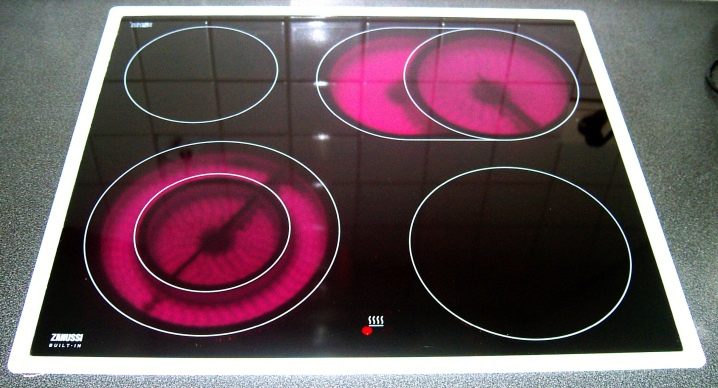
The energy consumption of a slab depends not so much on its properties as on how it is used. As tips, you can give information on ways to save.
- Usually, it is not necessary to use the maximum heat setting of the hotplate when cooking. It is enough to bring the contents of the pan to a boil and then lower the temperature to a minimum. In any case, it will not work to heat the food over 100 ° C, and the constantly released energy for boiling will lead to the fact that the liquid will constantly evaporate.It has been experimentally proven that in this case you will have to pay for an additional 500-600 watts of electricity for each liter of liquid (if the lid of the pan is open).
- It is advisable to cook food that needs a long cooking time on small-diameter burners with a minimum level of energy consumption. In general, using this tip will save you a huge amount of money. It is for this reason that today almost every hotplate of an electric stove is equipped with a special temperature level regulator, which allows you to reduce energy costs by 1/5. To a large extent, this applies to the so-called stepless type regulators, which allow increasing / decreasing the power level of the heating elements from 5% to the maximum. There are also stoves where the built-in equipment automatically controls the power level depending on how hot the bottom of the cookware is on the burner.
- When using the electric stove, it is recommended to use special dishes, which has a thick bottom, which is as close as possible to the working surface of the plate. This improves heat transfer to the cookware.

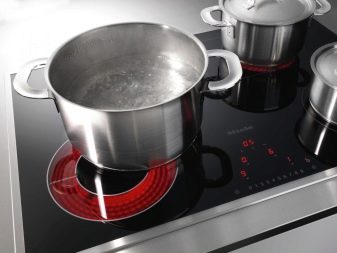
It is recommended to use cookware, the bottom diameter of which is equal to or slightly larger than the diameter of the heating element of the electric stove. Practice shows that this saves up to 1/5 of the consumed electricity.
Energy classes
Its competitiveness is important to any manufacturer, and the possibility of producing devices that would consume as little electricity as possible is very important for him. Accordingly, 7 classes were introduced, denoting the absorption of electricity. For them, a letter designation was introduced from A to G. Today, you can find "subclasses" like A ++ or B +++, indicating that their parameters exceed the parameters of plates of certain categories.
The energy class can be influenced by the amount of electricity consumed when the set temperature is reached. The largest consumption is, of course, consumed when the oven is in use. This requires the best possible thermal insulation of this part of the slab to reduce heat loss, and, as a result, save energy.
When calculating the energy efficiency of the stove, only the electricity that the stove uses to bring the temperature to a certain level is taken into account. In this case, they use the following factors:
- useful volume of the oven;
- heating method;
- isolation efficiency;
- the ability to reduce heat loss;
- operating conditions and so on.


The useful volume is determined by three types of electric ovens:
- small size - 12-35 liters;
- the average value is 35-65 liters;
- large size - 65 liters or more.
Energy classes depend on the size of the oven.
Small volume electric oven (energy consumption expressed in kW):
- A - less than 0.60;
- B - from 0.60 to 0.80;
- C - from 0.80 to 1.00;
- D - from 1.00 to 1.20;
- E - from 1.20 to 1.40;
- F - from 1.40 to 1.60;
- G - more than 1.60.


Average volume of an electric oven:
- A - less than 0.80;
- B - from 0.80 to 1.0;
- C - from 1.0 to 1.20;
- D - from 1.20 to 1.40;
- E - from 1.40 to 1.60;
- F - from 1.60 to 1.80;
- G - more than 1.80.
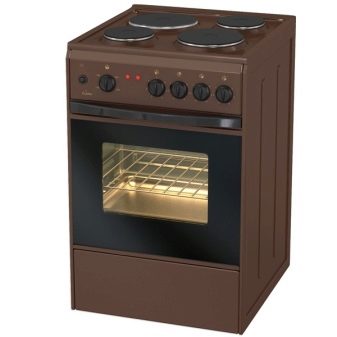
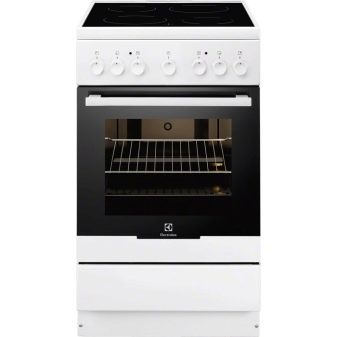
Large capacity electric oven:
- A - less than 1.00;
- B - from 1.00 to 1.20;
- C - from 1.20 to 1.40;
- D - from 1.40 to 1.60;
- E - from 1.6 to 1.80;
- F - from 1.80 to 2.00;
- G - more than 2.00.


The energy efficiency of the hob is indicated on a label containing the following:
- the name of the company that produces the plate;
- energy efficiency class;
- power consumption;
- the amount of electricity consumed per year;
- the type and volume of the oven.
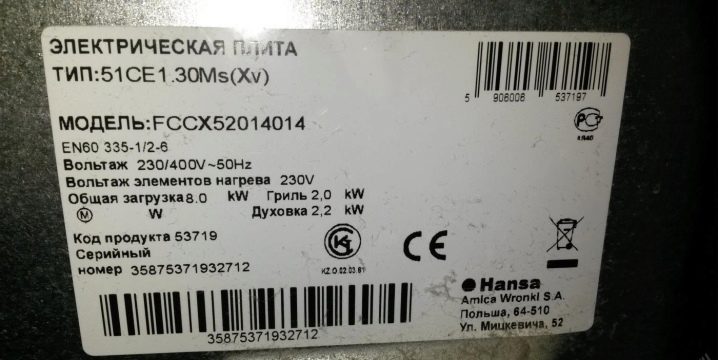
Connecting to the network
When a stove is installed in the kitchen, it is very important to take into account its maximum power and adhere to the installation rules. It is great if a separate dedicated power supply line is used for the stove. When installing an electric stove, you must have:
- power outlet 32 A;
- an introductory automatic group of at least 32 A;
- three-core double-insulated copper wire with a minimum cross-section of 4 sq.mm;
- RCD of at least 32 A.
In no case should the contacts overheat be allowed, for this reason, the installation of each component must be carried out efficiently, in compliance with all safety requirements.


For how much the electric stove consumes, see the next video.













The comment was sent successfully.